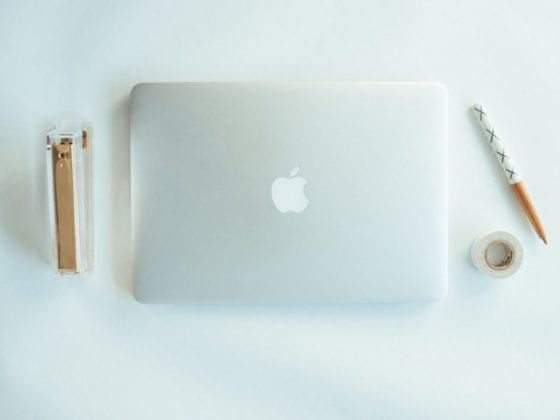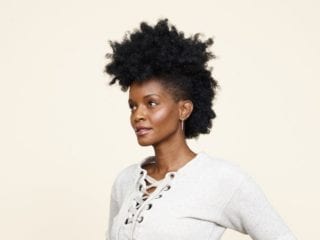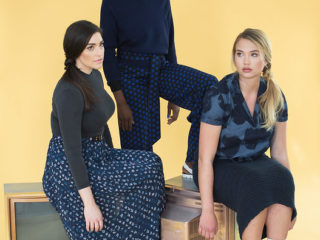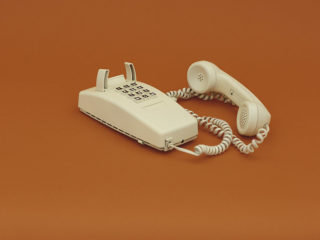Chin up, shoulders back, belly in … now imagine a string coming out of the top of your head. Pull up and keep growing taller …
Growing up as a dancer, these critiques and corrections clouded my brain on a daily basis. At the time they were more of a nuisance, quickly combated with rolling eyes or unnecessary insecurities. However, little did I know that those comments and concerns of my upbringing would gift me with the grace and poise to carry me through the various walks of my life.
Specific muscles maintain the posture of our frame; the large trapezius muscle of the neck and upper back holds our neck to support our head while placing tension on our scapular bones to pull back our shoulders. This muscle can easily be irritated from a night of poor sleep positioning or stress that causes the contraction of the shoulders.
Or the multifidus (one of my favorite muscles to say) is oriented in a Christmas-tree type formation, stabilizing the spinal column in order to maintain an upright position. These muscles, that are unconsciously contracting at all times, have much more significance than just the maintenance of our body’s physical functionality. In one way or another, they serve as our introduction to others and our environments.
The posture of an individual is the first recognizable read of emotion. It’s seen even before the face is observed. The slouching of shoulders paired with a hunched back may communicate an individual in distress, pain or sadness. An upright extension of the spine shows alertness or intrigue. And a proper alignment — chin up, shoulders back, belly in — is an expression of confidence. These slight postural differences have strong powers of communication, ones that can be manipulated in a positive direction to encourage a change of attitude or aura.
… a proper alignment — chin up, shoulders back, belly in — is an expression of confidence.
Today, most individuals spend their days distorting and practicing poor postural habit. We sit at desks or computers with hunching shoulders; forward flexing our heads, or looking down at phones, naturally aligning the chin to look down at the ground versus having our chin up and eyes looking at what is ahead. We have little understanding of how the habits of daily life direct the way in which we are presenting ourselves to the world. They impact how we carry ourselves through one situation or another.
On the flip side of poor posture sits (literally) a posture of poise and grace, one which presents with a fashion of respect and attention. When walking into a room with good posture and sitting at a table with shoulders back and chin up, an expression of value and confidence is immediately communicated.
Are you sitting upright and tall right now?
Whether you are combating poor postural habits or trying to instill a small confidence boost into your day, here are some simple exercises that can help you achieve the postural grace and poise that you deserve.
Chin tucks are a simple exercise that helps to improve your head and neck posture. Keeping your gaze straight forward, push your chin straight back (you can assist this motion with or with out using your hand to push your chin back). Hold this position for 10-12 seconds, then relax. Repeat this exercise ten more times.
Shoulder blade (scapular) retractions are a helpful exercise to fight against the dreadful shoulder slump. Using a wall as a reference of movement, stand up right with your shoulders back. Now, try to bring your shoulder blades together, as if you are squeezing an orange. Hold that position for 10 seconds, then relax. Repeat this exercise 10-12 more times.
Pelvic tilts, commonly practiced in pilates, are simple yet effective for strengthening your core. Lying on your back with your knees bent, try to bring your belly button to your spine. Hold for 10 seconds (while breathing slowly), then relax. Repeat this exercise 10-12 more times.
Could you practice better posture in daily life? How?
Image via Michelle Mosqueda













1 comment
I have never been more aware or diligent about my posture as I have been over the last year while working at a physical therapy clinic! The PTs and their work with our patients are constant reminders! And those scapular retractions are so good. I like to do them by holding my arms out to the side a little & with my palms up — besides helping my overall posture, it feels so good!